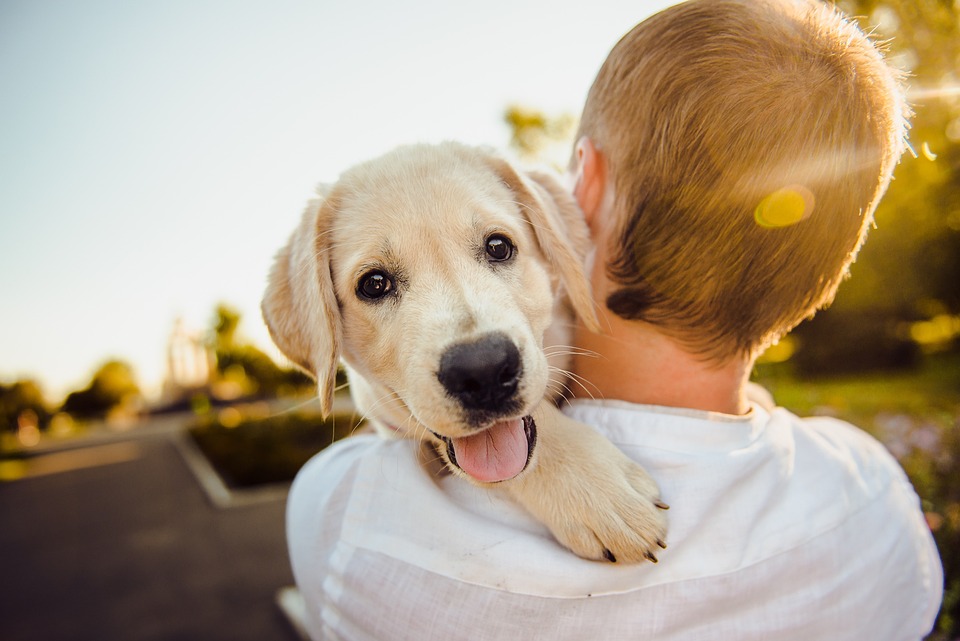Header 1: Creating an Ideal Off-leash Area
Creating a designated space where your furry friend can enjoy off-leash play and exercise is crucial for their physical and mental well-being. Here are some key aspects to consider when setting up a safe and secure area:
1. Choosing the Right Location
Selecting the right location for your dog’s off-leash area is paramount. Look for a space that is large enough for your dog to freely move around and explore, yet secure enough to prevent them from escaping. Ideally, it should be away from busy roads and potential hazards.
2. Proper Fencing and Enclosures
Investing in a sturdy and reliable fence is essential to ensure your dog’s safety. Opt for a fence that is tall enough to prevent jumping over and has no gaps or holes that could allow your dog to squeeze through. Regularly inspect the fence for any damage or weak spots that might compromise its effectiveness.
3. Securing the Perimeter
Apart from a sturdy fence, it’s crucial to secure the perimeter of the off-leash area. This includes checking for any potential digging spots or gaps under the fence and ensuring there are no loose objects or potential hazards that could harm your dog.
4. Providing Adequate Shelter and Shade
Your dog’s off-leash area should have appropriate shelter and shade to protect them from adverse weather conditions. Whether it’s a covered area or strategically placed trees, it’s important to provide a comfortable space where your dog can take a break and cool down.
Header 2: Maintaining a Safe Environment
Ensuring a safe environment for your dog’s off-leash playtime is an ongoing responsibility. Here are some important factors to consider when maintaining their secure area:
1. Regular Safety Inspections
Perform regular safety inspections of the fencing, enclosures, and the entire area to identify any potential hazards or issues. Repair or address them promptly to maintain a safe environment for your furry friend.
2. Clearing Toxic Plants and Substances
Remove any potentially toxic plants or substances from the off-leash area. Some common plants, such as lilies or sago palms, can be harmful if ingested by dogs. Additionally, ensure there are no harmful chemicals or pesticides present in the area.
3. Regular Cleaning and Waste Disposal
Maintaining cleanliness in the off-leash area is crucial for your dog’s health. Regularly clean up any waste and dispose of it properly. This helps prevent the spread of diseases and ensures a hygienic environment for both your dog and other users of the space.
Header 3: Frequently Asked Questions (FAQs)
Q1: How do I teach my dog to stay within the off-leash area?
A1: Training your dog to stay within the designated off-leash area takes time and consistency. Start by using positive reinforcement techniques and gradually increase the distance from which you call them back. Always reward them for staying within the boundaries, and consider using visual markers, such as flags or signs, to aid their understanding.
Q2: Are there any specific rules for off-leash areas?
A2: Yes, many off-leash areas have specific rules and regulations to ensure the safety and enjoyment of all users. These may include requirements such as keeping your dog under voice control, cleaning up after your pet, and respecting other dogs and their owners. Familiarize yourself with the rules of the off-leash area you’re using to avoid any issues.
Q3: Can I use an electronic or invisible fence for my dog’s off-leash area?
A3: While electronic or invisible fences can be effective in some situations, they may not provide the same level of security and safety as a physical fence. These types of fences rely on training your dog to respond to a signal, and there is a risk of the dog crossing the boundary if they are highly motivated or distracted. It’s advisable to use a physical fence for an off-leash area to ensure the utmost safety and security.
By providing a safe and secure area for off-leash play and exercise, you are not only enhancing your dog’s physical fitness but also promoting their overall well-being. Remember, regular maintenance, adherence to safety guidelines, and ongoing training are key to creating a space where your furry friend can thrive.









